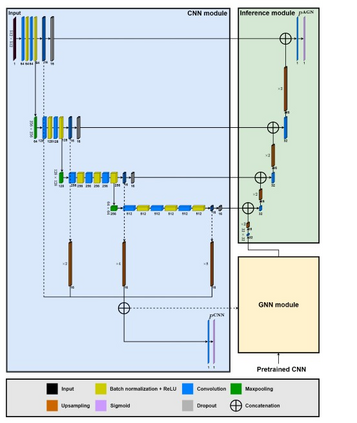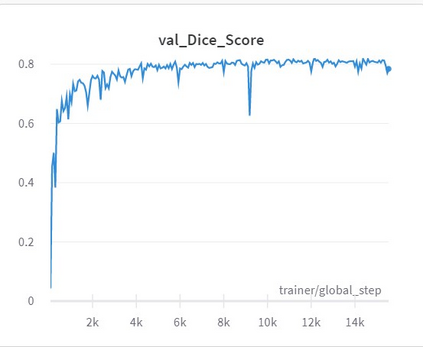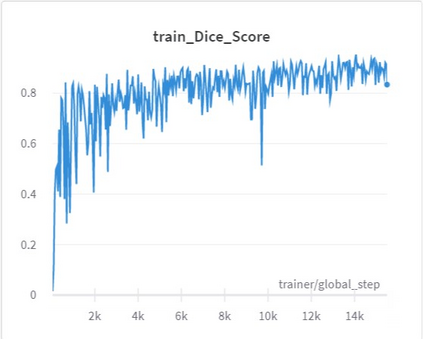Haemorrhaging of the brain is the leading cause of death in people between the ages of 15 and 24 and the third leading cause of death in people older than that. Computed tomography (CT) is an imaging modality used to diagnose neurological emergencies, including stroke and traumatic brain injury. Recent advances in Deep Learning and Image Processing have utilised different modalities like CT scans to help automate the detection and segmentation of brain haemorrhage occurrences. In this paper, we propose a novel implementation of an architecture consisting of traditional Convolutional Neural Networks(CNN) along with Graph Neural Networks(GNN) to produce a holistic model for the task of brain haemorrhage segmentation.GNNs work on the principle of neighbourhood aggregation thus providing a reliable estimate of global structures present in images. GNNs work with few layers thus in turn requiring fewer parameters to work with. We were able to achieve a dice coefficient score of around 0.81 with limited data with our implementation.
翻译:脑出血是15至24岁人群死亡的首要原因,是老年人死亡的第三大原因。计算断层成像(CT)是一种用于诊断神经紧急情况的成像模式,包括中风和创伤性脑损伤。深层学习和图像处理的最近进展利用了诸如CT扫描等不同模式,帮助脑出血事件的检测和分解自动化。在本文中,我们提议采用由传统革命神经网络(CNN)和图象神经网络(GNNN)组成的结构,为脑出血分解任务制作一个整体模型。GNNs关于邻居群聚原则的工作,从而提供了图像中全球结构的可靠估计。GNNs在少数层次上工作,因而需要较少的参数来开展工作。我们得以实现约0.81的狄氏系数分数,与我们的实施数据有限。













